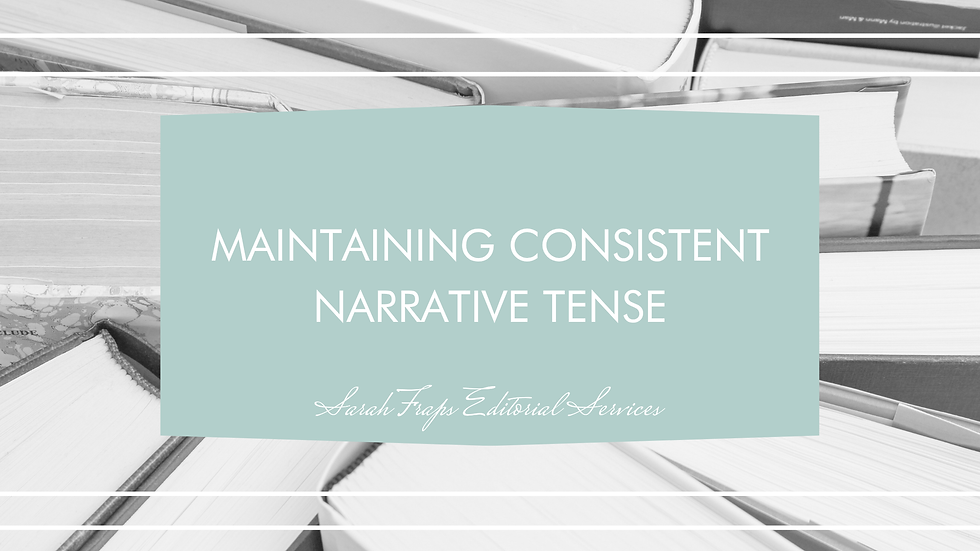Exploring the world of book publishing: traditional, hybrid, and self-publishing
- Sarah Fraps

- Feb 23, 2024
- 3 min read
Book publishing has undergone significant transformations in recent years, offering authors a plethora of choices in how they bring their stories and ideas to the world. From traditional publishing houses to self-publishing platforms and hybrid models, each approach comes with its own set of advantages and considerations. In this article, I’ll explore the different types of book publishing, sharing the pros and cons of each to help you make an informed decision about the best path for your literary endeavors.

Let’s start with what most of us know the most about—traditional publishing.
Traditional Publishing
Traditional publishing involves authors partnering with established publishing houses that handle various aspects of the publishing process, including editing, design, distribution, and marketing. Authors typically submit their manuscripts to literary agents or directly to publishing houses, and if accepted, receive advances against future royalties.
Pros:
Prestige and credibility: Being published by a reputable publishing house lends credibility to your work and can enhance your reputation as an author.
Professional support: Traditional publishers provide professional editing and design, often resulting in high-quality production. The author doesn’t pay a cent for these services. Sometimes, marketing may be part of this support, though, in general, traditionally published authors are still expected to take on significant marketing efforts.
Distribution channels: Established publishers have wide-reaching distribution networks, ensuring your book reaches bookstore shelves and online retailers worldwide.
Cons:
Longer timelines: The traditional publishing process can be lengthy, often taking a year or more from manuscript acceptance to book release (add in more time for querying and having your manuscript accepted in the first place!).
Loss of creative control: Authors may have limited control over aspects such as cover design or title selection and may have to make concessions about editorial decisions. Authors should read the fine print of their publisher’s contract to understand exactly what book rights are being signed away.
Royalties and advances: Royalties in traditional publishing are typically lower, and advances may not fully cover an author's financial needs.
Hybrid Publishing
Not to be confused with vanity presses, hybrid publishing combines elements of traditional and self-publishing, offering authors a middle ground between full creative control and professional support. Hybrid publishers provide a range of services, allowing authors to customize their publishing experience based on their needs and preferences. Unlike a vanity press, a good hybrid publisher will clearly state standards for the types of books they publish.
Pros:
Flexible services: Hybrid publishers offer customizable packages, allowing authors to select the services they need while retaining control over their work.
Professional guidance: Authors benefit from professional editing, design, and perhaps marketing support, enhancing the quality and marketability of their books.
Hybrid distribution: Some hybrid publishers offer distribution options that bridge the gap between traditional and self-publishing, providing access to both online and offline sales channels.
Cons:
Cost considerations: Hybrid publishing can be more expensive than self-publishing, as authors pay for professional services upfront.
Varying quality: The quality of services offered by hybrid publishers can vary widely, so it's essential for authors to research and vet potential partners carefully.
Royalties and rights: Authors should carefully review hybrid publishing contracts to ensure they retain sufficient rights and receive fair royalties for their work.
Self-Publishing
Self-publishing empowers authors to take full control of the publishing process, from editing and design to distribution and marketing. Authors can publish their books through platforms like Amazon, Apple Books, or IngramSpark, retaining rights and a higher percentage of royalties.
Pros:
Creative control: Self-publishing allows authors to make all decisions regarding their book, including content, cover design, pricing, and release date. The author retains all of the rights to their book.
Speed to market: Authors can publish their books relatively quickly, bypassing the lengthy timelines associated with traditional publishing.
Higher royalties: Self-published authors typically earn higher royalties per book sale compared to traditional publishing royalties.
Cons:
Limited distribution: Self-published books may struggle to reach traditional bookstore shelves, relying primarily on online sales channels and ebook sales.
Responsibility for marketing: Authors are responsible for marketing and promoting their books, which can require significant time and effort.
Cost considerations: Authors must choose what professional services to hire for to publish their book and should consider that it can often take years of book sales (and multiple books) to make a return on their initial investments.
Whether you choose traditional, self-publishing, or a hybrid approach, the key to successful book publishing lies in understanding your goals, preferences, and resources. Each publishing path offers unique benefits and challenges, so take the time to evaluate your options and select the one that aligns best with your vision for your book. Ultimately, the most important factor is to bring your story or ideas into the world in a way that resonates with you and your audience.








Comments